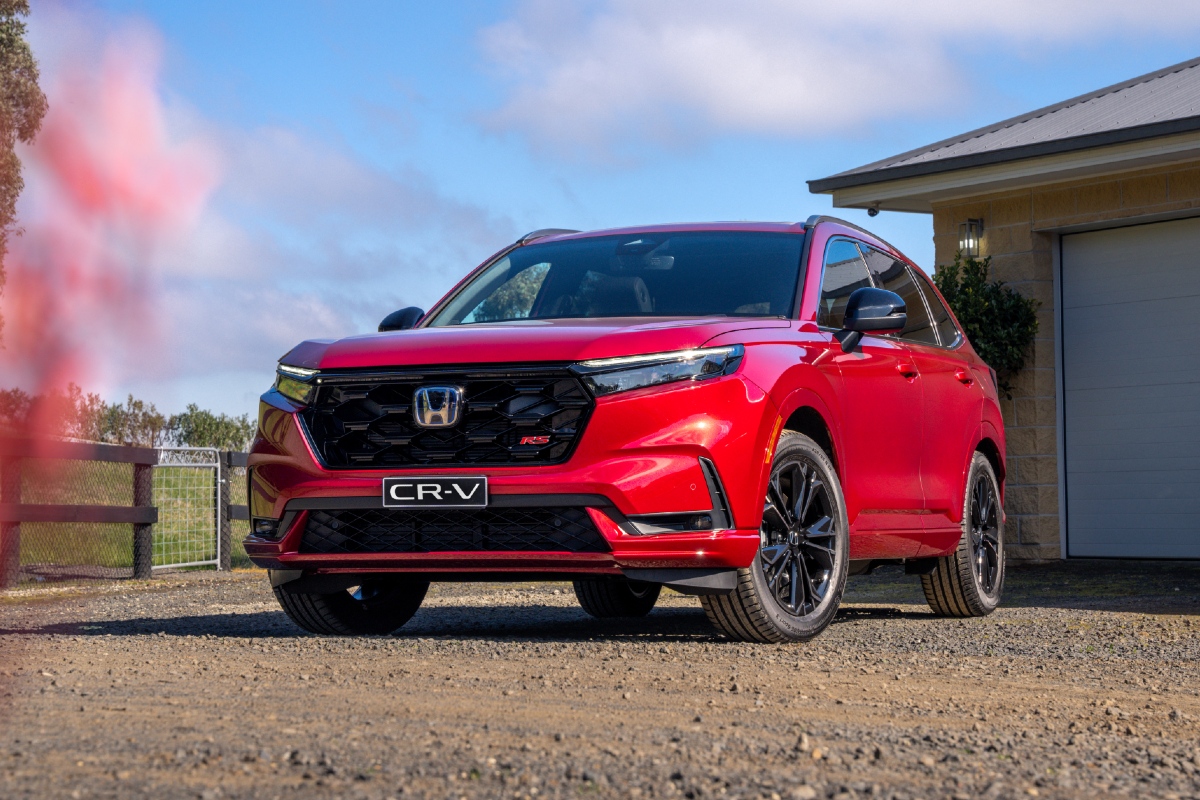
What is it?
The range-topping hybrid model of the new Honda CR-V mid-size family SUV, intended to steal sales off the all-conquering Toyota RAV4 Hybrid.
With its RS badge and slightly edgier exterior styling, this one also hints at some handling prowess – and not unfairly, it turns out. A certain hatchback with a Type R badge proves this brand knows a thing or two about making a car feel great in corners.
As well as the RAV4, the CR-V takes on other mid-size hybrid SUV rivals such as the Nissan X-Trail E-Power and Subaru Forester Hybrid.
Does it have any racing pedigree?
Honda has plenty, from rallying to Formula One to IndyCar – and even touring cars, including a fairly successful stint in the TCR Australia Touring Car Series with Tony D’Alberto and a Civic Type R racer. But that’s even if the CR-V nameplate itself, despite being around since 1995, has very little.
READ MORE: Top 5: Motorsport-inspired concept cars
At least one CR-V has had the magical motorsport dust sprinkled over it. Recently Honda built a racing concept version with a hybridised, twin-turbo 2.2-litre V6 powertrain straight out of an IndyCar – and dubbed it the Beast. But despite its 600kW, wild wings and roll cage, it’s intended solely as a concept. For now.
What’s under the bonnet?
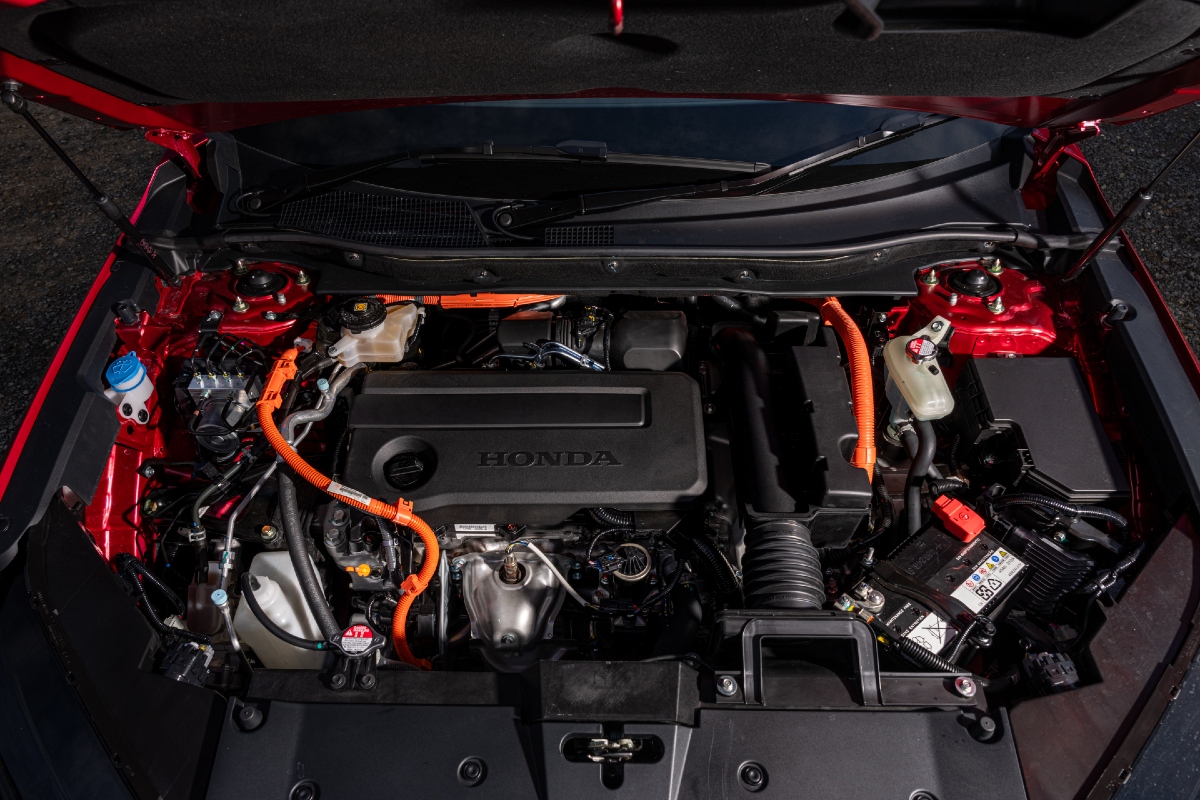
No IndyCar powertrains, sadly, but something still interesting from an engineering perspective. While all other CR-Vs in the range are turbocharged, the hybrid eHEV mates a 2.0-litre naturally aspirated inline-four with an electric motor for a combined system output of 152kW. But the story doesn’t stop there.
The CR-V’s petrol engine is effectively an onboard generator feeding a small lithium-ion battery that, in turn, powers two front-mounted electric motors. It’s like Honda made an electric CR-V and then, having baulked at the price of a large, lithium-ion battery pack, swapped it with a cheaper petrol motor to act as a generator instead.
The engine can and does power the front wheels occasionally, like on the motorway, via a lock-up clutch. Otherwise, the eHEV operates using the electric motors alone.
How does it handle?
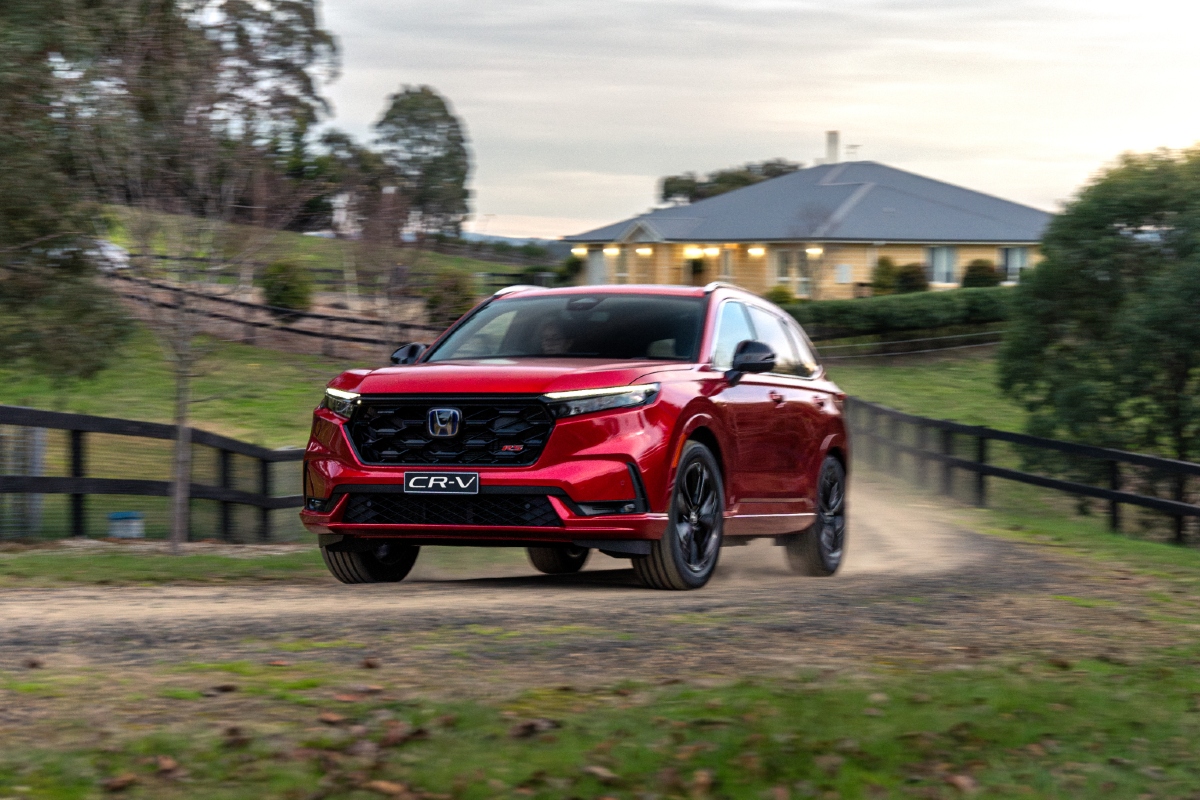
Surprisingly well, with humorously enough power to get a bit of front wheelspin out of tighter turns if you try hard enough.
We’ve been impressed with the dynamic chop of Honda’s new CR-V, to the point that it has some driver appeal if you get really stuck into it up a winding road. The turbo engine in other models has a bit of character, and is crying out for something like an eight-speed auto. Instead, it gets a soul-sapping CVT.
Funnily, the hybrid has the most driver appeal of them all, with its instant electric motor torque (which makes it feel more powerful than it is, at least below 60km/h) and some artificial engine noise which isn’t, to be fair, terrible.
In the urban environment, the electric motors offer punchy, smooth, near-silent torque from a standstill – and gift the eHEV RS a level of refinement a CR-V has never had before. That’s even if the ride quality feels a smidge firmer than other CR-V grades like the VTi LX.
While its power is probably not going to send the heart rate into triple digits – unless you’ve finally traded in the Model T – this is a really great SUV to drive.
Where would you most like to drive it?
The CR-V eHEV would be most intriguing on an interstate trip – enjoying the superb advanced driver assist systems (ADAS) and seeing how low we could get the fuel economy, and how high the range. Thrilling conversation material for the next dinner party, of course, but the efficiency is the most impressive result of the eHEV RS’s engineering (our as-tested fuel numbers are below).
What’s the interior like?

Smart, a bit minimalist, functional yet attractive, the new CR-V’s interior is simultaneously interesting and inoffensive. A modestly sized 9.0-inch central touchscreen infotainment system takes pride of place in the dash, while there’s a 10.2-inch digital instrument cluster.
We love that Honda has included a row of air-conditioning buttons and dials, which click beautifully and are a joy to use. That’s unlike many other new models which have migrated these controls into the central touchscreen, basically to save money at the cost of your sanity.
One gripe, however, is Honda has used a tall, dorky shifter – we would have loved to have seen the compact, clever shift-by-wire unit from the Civic eHEV RS.
The back seat gets a special mention not just for its spaciousness, even for adults, but its sliding second row – and rear doors than open nearly 90 degrees, granting effortless access to the outboard rear seats.
How much does the Honda CR-V eHEV RS cost?
Honda’s new hybrid SUV costs $59,900 drive-away. Something worth mentioning is five years of servicing is capped at $995 which is impressively cheap.
Would I buy one?
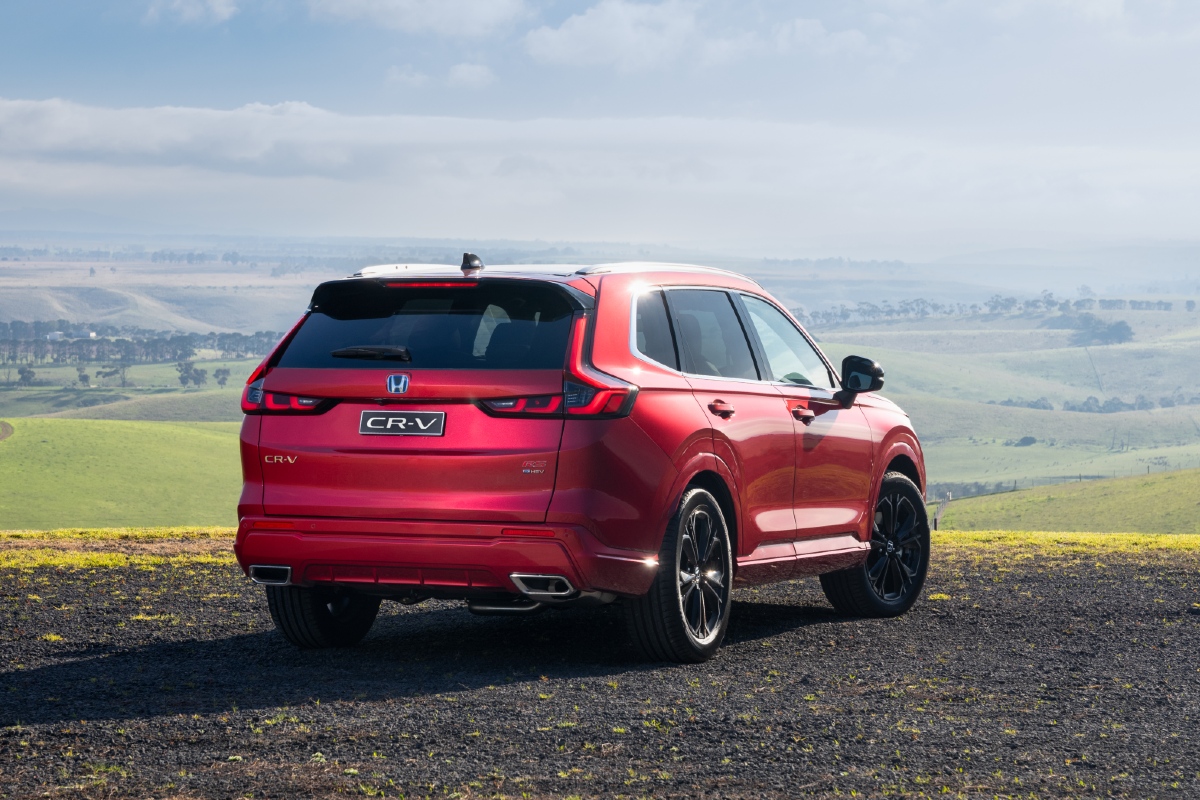
In isolation it’s a great car and for some, it could be the pick of the CR-V range – forgetting that you can get all-wheel-drive, a full-size spare wheel and 2500kg braked towing capacity in the cheaper VTi LX. Despite the $2900 premium, the eHEV is front-drive, only comes with a puncture repair kit and can only tow up to 750kg. By our maths, with its lower fuel consumption it would take around 75,000km to ‘pay itself off’.
Comparisons to other brands are tricky, too. The CR-V eHEV is more spacious, nicer and drives better than a roughly equivalent $58,360, all-wheel-drive RAV4 Hybrid eFour. But it just can’t match the Toyota’s spectacular, sub-5.0-litre combined fuel economy. How Toyota does it must be an irritating mystery to engineers at all the other brands.
During our own testing this hybrid CR-V recorded about 5.8L/100km in the urban environment and around 5.1L/100km on the motorway – still great for a vehicle its size.
We’d also be curious to compare the eHEV RS to the $57,690 Nissan X-Trail e-Power Ti L – which also offers the same powertrain philosophy, but all-wheel-drive and more standard equipment.







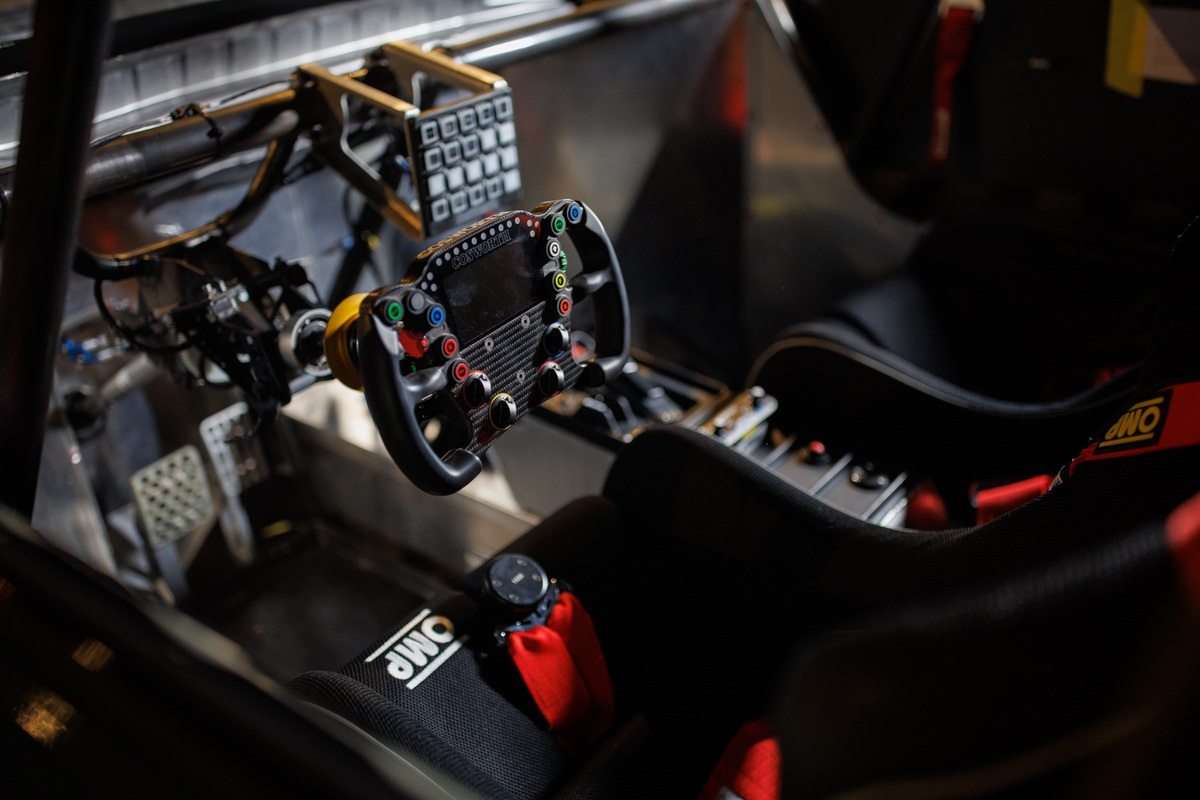









Discussion about this post